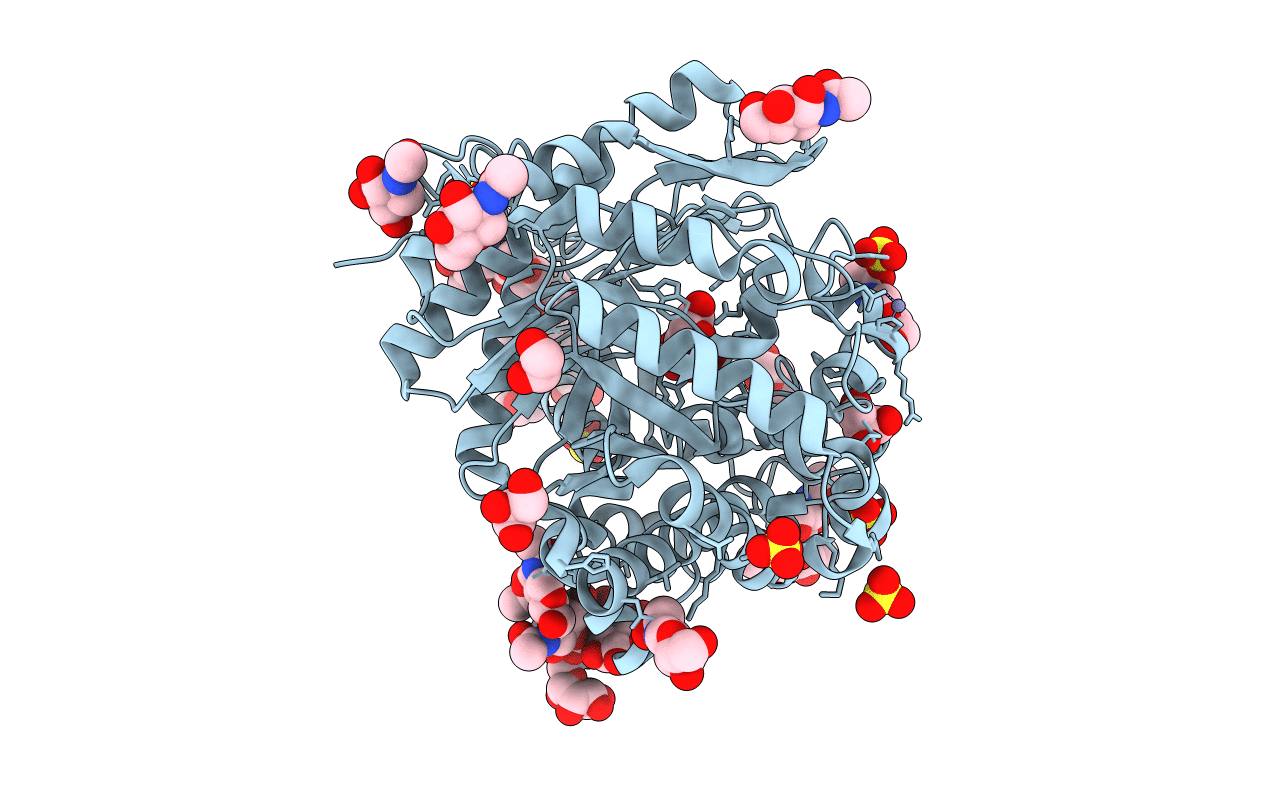
Deposition Date
1999-12-05
Release Date
2000-03-03
Last Version Date
2024-10-23
Entry Detail
PDB ID:
1DWA
Keywords:
Title:
STUDY ON RADIATION DAMAGE ON A CRYOCOOLED CRYSTAL. PART 1: STRUCTURE PRIOR TO IRRADIATION
Biological Source:
Source Organism:
SINAPIS ALBA (Taxon ID: 3728)
Method Details:
Experimental Method:
Resolution:
2.00 Å
R-Value Free:
0.17
R-Value Work:
0.16
R-Value Observed:
0.16
Space Group:
C 2 2 21


